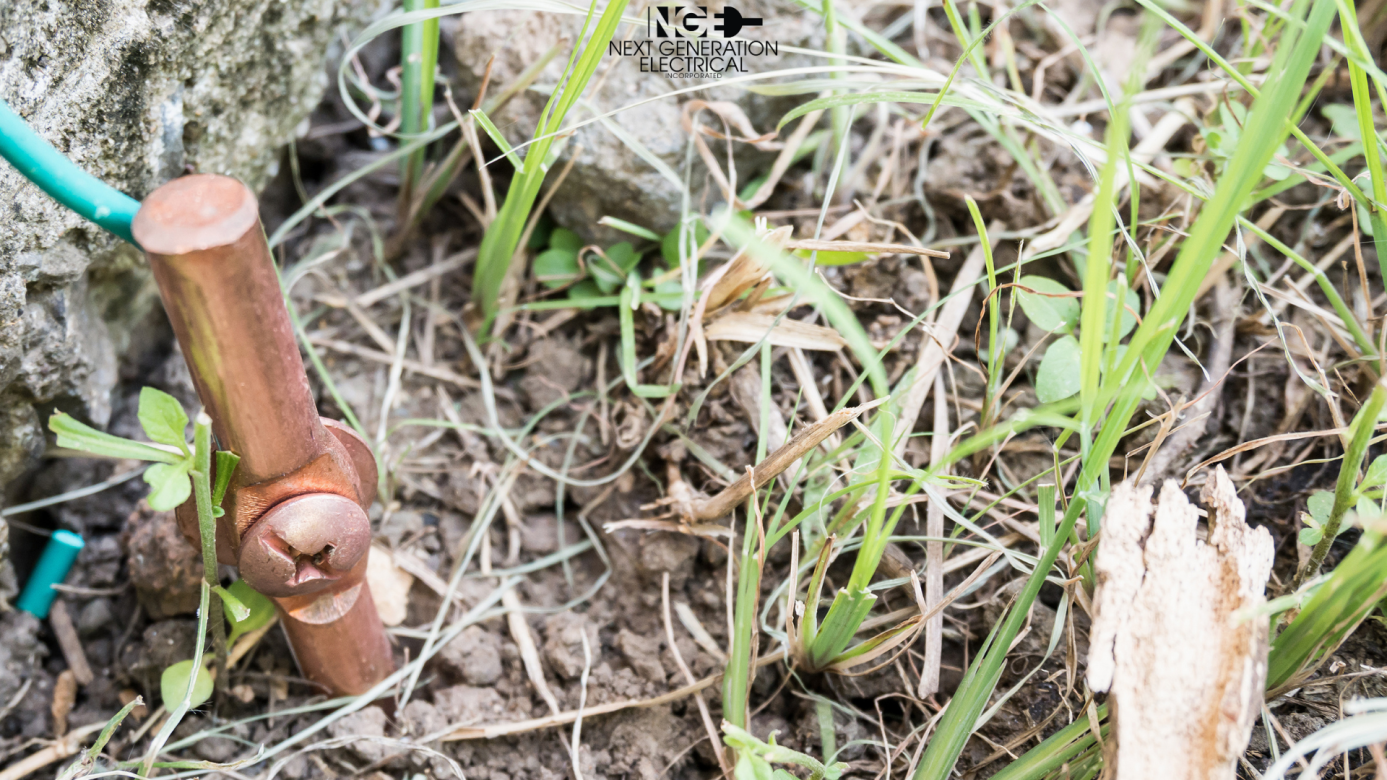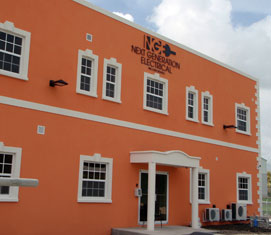The Ultimate Guide to Lightning & Surge Protection for your Building
The Ultimate Guide to Lightning & Surge Protection for your Building
Recently in Barbados, we’ve seen the effects of lightning strikes on buildings with increasing frequency. Sure, there’s insurance to deal with the after-effects, but you really don’t want the damage in the first place. Lightning and power surges pose significant risks to buildings, potentially causing severe damage to electrical systems, appliances, and structural components. Proper protection strategies, including grounding and bonding, are essential to safeguard buildings from these hazards. This comprehensive guide explores the importance of lightning and surge protection, the principles of grounding and bonding, and best practices for implementation.
Understanding Lightning and Surge Protection
Lightning Protection Systems (LPS):
- Purpose: To provide a defined path for lightning to follow to the ground, minimizing the risk of damage to the structure and its contents.
- Components: Includes air terminals (lightning rods), conductors, ground electrodes, and bonding connections.
Surge Protection Devices (SPDs):
- Purpose: To protect electrical and electronic equipment from voltage spikes by diverting excess energy to the ground.
- Types: Includes point-of-use SPDs for individual devices and whole-building SPDs installed at the main electrical panel.
The Role of Grounding in Protection
What is Grounding?
- Definition: Grounding involves creating a low-resistance path for electrical currents to flow safely into the earth.
- Importance: It ensures safety by preventing electrical shock hazards, stabilizing voltage levels, and protecting equipment from damage.
Grounding Systems:
- Electrode System: Includes ground rods, plates, or a network of buried conductors that dissipate electricity into the earth.
- Equipment Grounding: Connects metal parts of electrical devices to the grounding system to prevent electric shock.
- Signal Reference Grounding: Reduces electrical noise and provides a stable reference point for sensitive electronic equipment.
Best Practices for Grounding:
- Use Multiple Ground Electrodes: Enhances grounding efficiency and redundancy.
- Ensure Proper Soil Contact: Ground rods should be driven into moist soil to improve conductivity. However, given that soil depths in Barbados aren’t always sufficient for the length of rods required, drilling of ground rod holes into rock and the use of Ground Enhancing Material (GEM) is generally the best way to achieve the required results.
- Regular Testing and Maintenance: Grounding systems should be periodically tested and maintained to ensure their effectiveness.
The Importance of Bonding
What is Bonding?
- Definition: Bonding involves connecting metal parts and conductive materials to ensure they have the same electrical potential.
- Purpose: Prevents dangerous voltage differences between conductive parts that could cause shock or fire hazards.
Key Bonding Techniques:
- Bonding Conductors: Use conductors to connect metal parts to the grounding system.
- Equipotential Bonding: Ensures all conductive parts are at the same electrical potential, reducing the risk of arcing and shock.
- Supplementary Bonding: Additional bonding for specific areas like kitchens or bathrooms to enhance safety.
Best Practices for Bonding:
- Use Approved Materials: Ensure bonding conductors and connectors meet local electrical codes and standards.
- Regular Inspection: Periodic checks to verify the integrity of bonding connections.
- Proper Documentation: Maintain records of bonding installations and inspections.
Implementing Lightning and Surge Protection
Assessment and Planning:
- Risk Assessment: Evaluate the building's susceptibility to lightning strikes and power surges based on location, structure type, and existing protection measures.
- Design Considerations: Develop a comprehensive protection plan that includes both lightning protection and surge protection components.
Installation:
- Qualified Professionals: Always hire licensed electricians or certified professionals with experience in lightning and surge protection systems.
- Compliance with Standards: Ensure installations meet national and international standards such as NFPA 780 (Standard for the Installation of Lightning Protection Systems) and IEC 62305 (Protection against lightning).
Maintenance and Upgrades:
- Regular Inspections: Conduct routine inspections to identify and address any issues with the protection systems.
- System Upgrades: Upgrade systems periodically to incorporate new technologies and improve protection.
Conclusion
Lightning and surge protection is crucial for safeguarding buildings from electrical hazards. Proper grounding and bonding are foundational elements of effective protection strategies. By understanding the principles of grounding and bonding, and implementing best practices for lightning and surge protection, building owners can significantly reduce the risk of damage and ensure the safety of occupants and property.
Investing in robust protection systems preserves the integrity of electrical and electronic systems. It provides peace of mind knowing that the building is well-protected against unpredictable natural phenomena and power anomalies.
For more information, you can always contact us at: info@ngebarbados.com or (246) 426 2871
Top of Form
Bottom of Form





